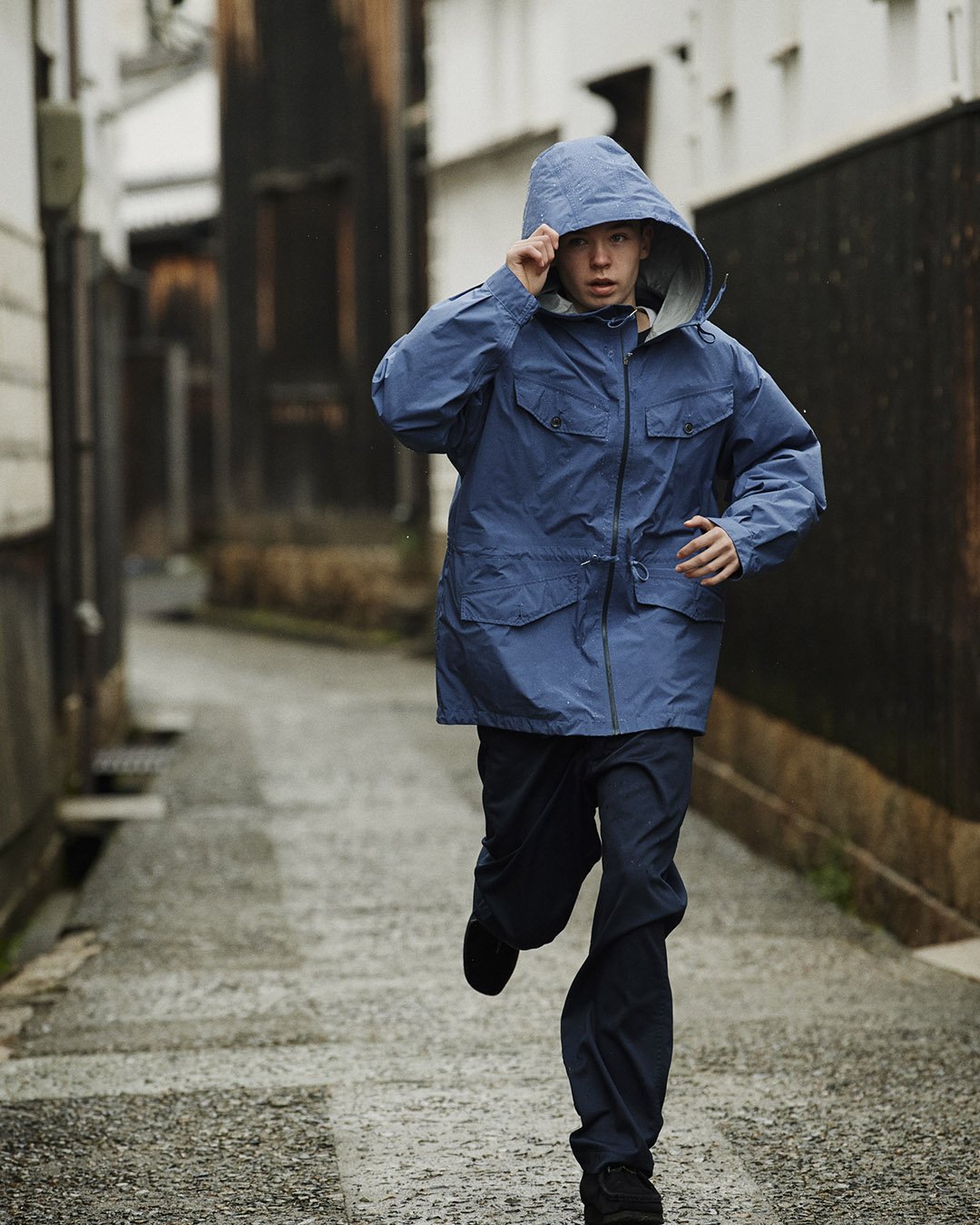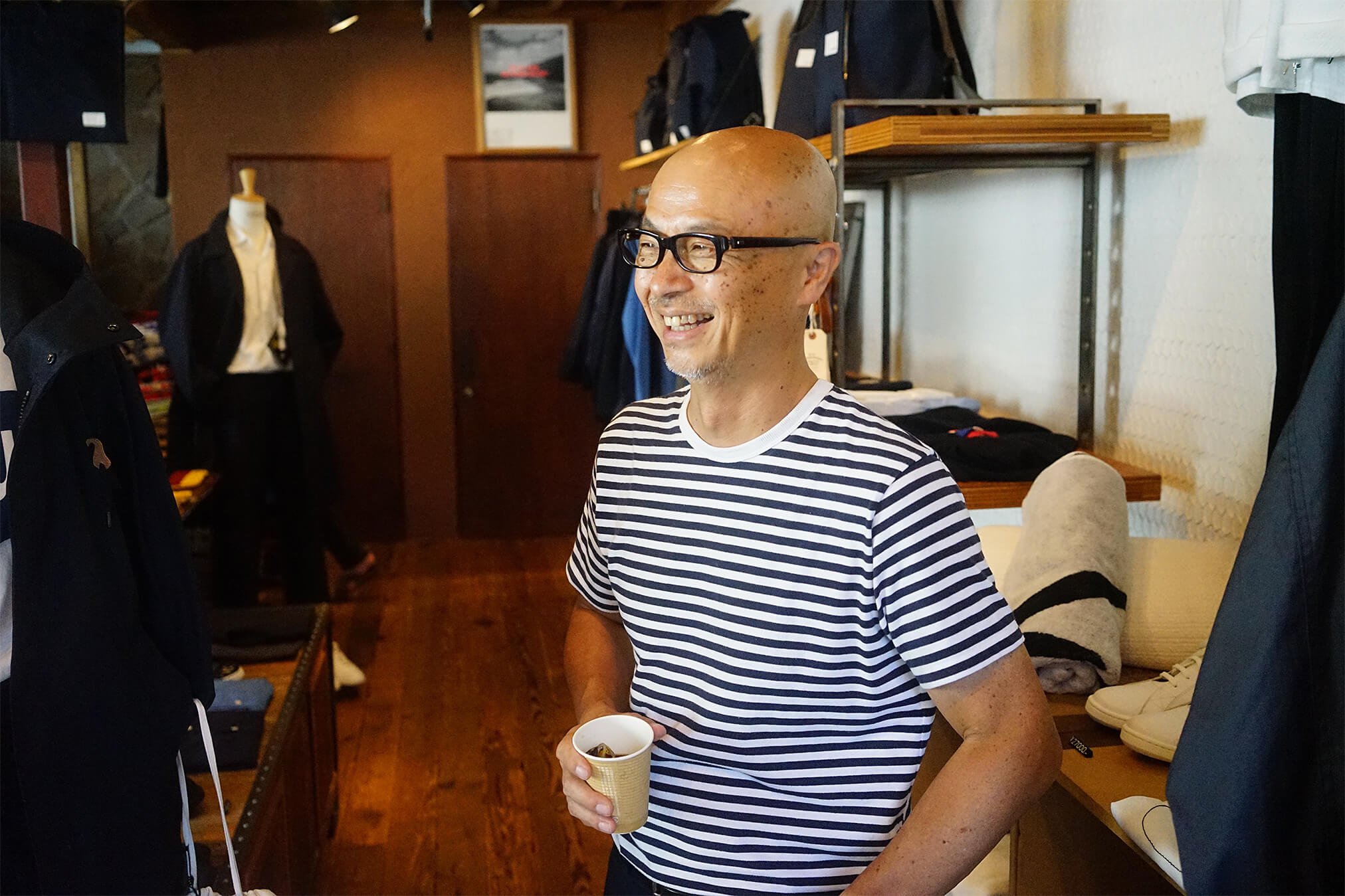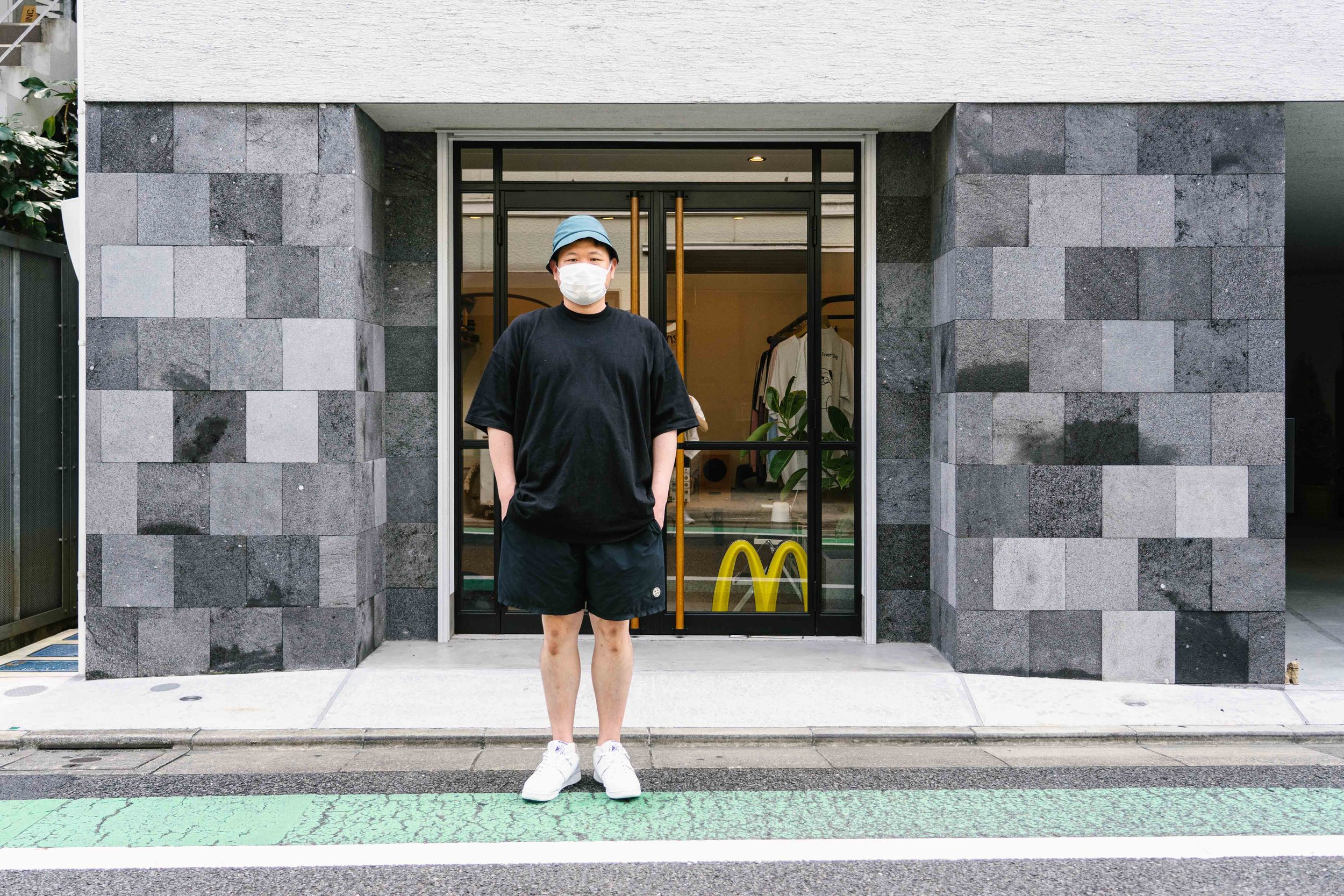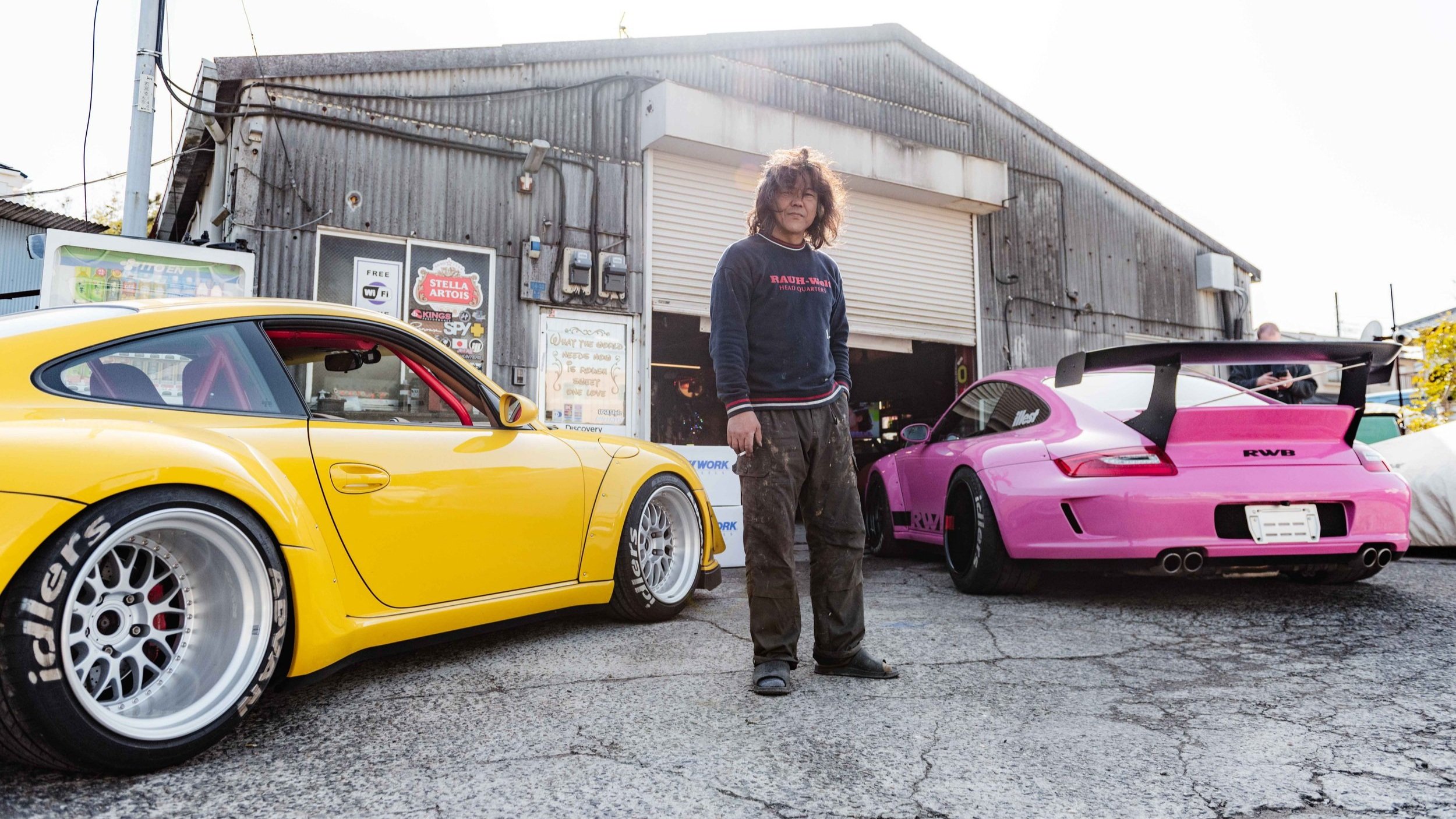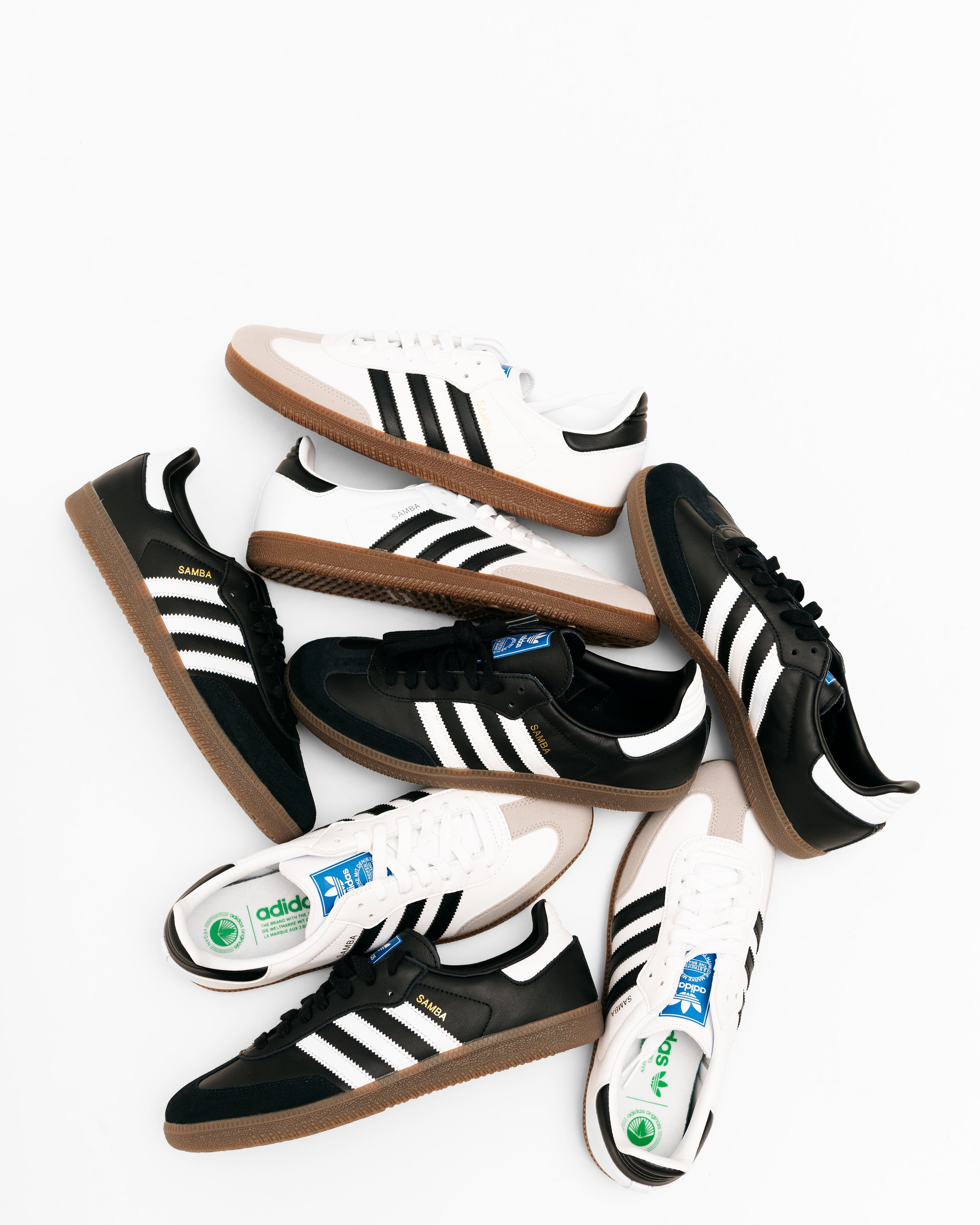Big Jacket Season: A City Boy Obsession

What is it about big jackets? The epitome of comfort and self assurance.
The type of jacket that makes you want to walk into the pub and shake everyones hand. A jacket that makes you feel like a football manager. Why does a down filled puffer with a little scouts badge or a funny goggle give us an overwhelming assurance of our manhood?
From the XXL Berghaus’ worn by scary Michael Cera lookalikes in Liverpool to Nanamica shelled businessmen and women in Tokyo. Why are hip’ city crowds drawn to jackets built for glacial conditions and cloud-kissing mountaintops?
In search of answers, we thought it best to consult the names and faces who have become synonymous with the so-called “big jacket”. The down-devotees, the goretex-gawkers, zip-zealots and hood-hedonists.
When we meet Glenn, he’s sat hunched over in Crystal Palace’s self-titled park, surrounded by Autumn leaves and the decaying dinosaur sculptures that were erected in 1855. He’s wearing a cream - football manager length polypropylene tela Stone Island down jacket [badge off], navy joggers and a spotless pair of beige and white Reebok Workouts. “Alright lads?” He calls out in a Manchester accent.
“The jackets stand up on their own“ he says, gesturing to the vacant space where the compass embossed Stone Island patch usually sits. If you’re not familiar with Glenn Kitson, he’s founder of “big jacket” bible - Rig Out Magazine, meme-maker, internet funny man, father of two and a commercial director for global giants like Adidas, Polo Ralph Lauren and Nissan. You could argue he’s a pretty big deal but the Bolton-born lad still has his boots firmly planted in the ground.
Image credits to @glenn_kitson
“It was always my dream to do art or something creative but those sort of dreams get knocked out of you where I’m from,” says Glenn. Growing up in the predominantly working-class town of Bolton, Glenn couldn’t have anticipated reaching the heights he has as a director “I think it’s a real shame, the access isn’t available, I couldn’t have spent two years as an intern at a production house, getting paid nothing.”
“It was 1990, I was in Bolton town centre with a group of mates,” says Glenn, setting the scene for his earliest encounter with the big jacket. “One of the older lot came over wearing straight Levis, hiking boots and a Berghaus Pole Jacket with a detachable hood,” he pauses for a moment, “I’ve tried to be that guy ever since.”
Rose-tinted archivists would argue that Stone Island and CP Company were ubiquitous in the 80’s and 90’s “it was definitely around and the older lot with disposable income wore it but all I remember is people wearing hiking stuff,” says Glenn.
“We call em’ bubble jackets back up North,” says Glenn referencing the popular Berghaus jacket that dominated dance floors at the late 80’s acid house raves and concrete terraces on match day. “They came in dayglow, mauve and purples, that worked cause everyone was off their head on mushrooms and acid.” The big jacket, is in many ways a piece of wearable history, as Glenn discovered when he began retracing the sticky footsteps of his raving days, tracking down the jackets he couldn’t afford or simply overlooked as a teenager. “I have to clear it with the missus these days,” he says chuckling.
Image credits to @glenn_kitson
Let’s get back to the original question shall we, why do hip city crowds lust for outdoor jackets so unwaveringly? “In the North, it’s wet and cold all the time, you want something that’s up to the job,” says Glenn.
Image credits to Galen Bullivant
Then comes the real answer:
“Having a good jacket is like having a Ferrari, you might not go 200mph but you know you could if you wanted to.”
Glenn admits this was a quote from Oi Polloi co-founder Steve Sanderson.
I asked about the popularity of the Instagram page @stonedislandpatch where Stone Island patches are slapped on the arms of celebs to “help them look better. And harder,” the conversation goes quiet. “no comment,” he says with a coy smile.
These days, we’re spoiled by one-stop-shops that house the best bits from around the globe, all under one roof. “Back in the day, If you wanted an outdoor jacket, you’d go to camping stores, if you wanted a yachting jacket, you’d go to a yachting shop,” says Glenn, who before his filmmaking days was something of a vintage jacket dealer himself.
Image credits to @dukescupboard
“Shifting jackets to get jackets, making deals, ringing up mates,” says Glenn, likening the thrill of chasing down a sought after jacket to the purchase of drugs. Glenn argues that Vintage stockists like Wavey Garms and Duke’s Cupboard often don’t get the credit they deserve for the reintroducing baggier 80’s and 90’s silhouettes, “the jacket hustle is real.”
Image credits to @waveygarms
Before parting ways Glenn sheds light on his next moves “I want to make feature films, I don’t just want to make adverts.” He doesn’t let slip too much about the script he’s written, just that “it’s British and there’s going to be a gonna be a lot of good jackets in it.”
Before we get all doughy-eyed about Glenn’s film industry exploits, let’s take a flight across Siberia to Tokyo, where we chat to Nanamica founder Eiichiro Homma, a name that has become synonymous with city-ready outdoor gear.
“In the big city, it is not so easy to see and feel nature,” says Eiichiro. More and more, city dwellers living in pollution-dense, shoe-box stacked high rises have learned to communicate their yearning for the outdoors through clothing. And what better brand to navigate the concrete jungle than Nanamica?
Nanamica specialise in functional business wear that wouldn’t look out of place on the Marunouchi line at rush hour. Their Gore Tex soutien jacket was at one time the essential business casual staple.Eiichiro categorises Nanamica customers into two core audiences:
“one works in creative jobs but not fashion. So, they don’t want to follow the latest trends but would like to have a mix of good sense and functionality, which supports their lifestyle.”
“The other is working in the fashion industry and they understand the small difference in every detail of nanamica garments.”
Gore-Tex lined caps, down fill jackets, heat locking coolmax tshirts and nods to US naval gear are what gives Nanamica a sense of timeless functionality. “it’s not just about fashion but also a mix of good sense and functional detail,” says Eiichiro.
Speaking of timeless functionality, Eiichiro also finds time to head up The North Face’s Japanese exclusive line - Purple Label. The brand responsible for re-commissioning the 1970’s North Face Sierra Parka, a jacket that has been immortalised in a series of iconic vintage ads. The re-production was a natural decision for the brand “our starting point was authentic American outdoor and ‘70s – ‘80s American casual clothing from California,” says Eiichiro. Even with modern designs like the Nuptse and Himalayan jacket on the market, the insatiable hunger for vintage silhouettes hasn’t seemed to die down.
That’s not to say that shopping habits haven’t changed, fast moving trends and an abundance of digital information have revolutionised the way we shop. “People have had a lot of virtual shopping experiences, meaning people today know and choose exactly what they want,” says Eiichiro.
Whilst sustainability and ethics are fundamental to many brands today, fast fashion isn’t going anywhere “in the classless society today, people may just buy both “for-life” products and fast fashion items,” says Eiichiro. Credit schemes like Klarna and Afterpay mean that once out of reach items can be “bought now” and “paid for later.” The real question as to whether this democratizes fashion or encourages debt culture is yet to be answered.
Image credits to Hypebeast
“In a mature society, there will be nothing in the middle. One side is demanding high-quality materials at all times. The other is looking for price-driven items with just enough quality,” says Eiichiro. Not only does our outdoor jacket fixation suggest a longing for a slower paced lifestyle, but also a slower, more considered approach to consumerism.
Image credits to @nanamica
In reality, there’s no real need for big jackets in most city climates “these days, everybody feels global warming,” says Eiichiro. The real reason for our obsession is rooted modern trends and a need to connect with nature. “Having outdoor sports as part of your lifestyle, means that people can balance their own values with reality in their city life,” says Eiichiro.
Do we really need jackets built for sub-arctic conditions in the big city? Probably not. Is your Snow Peak jacket going to make it up any mountains? Doubtful. Do you look like a twat showering in your Arcteryx? Most definitely. But don’t let anyone tell you otherwise. Taking those Danner boots on a brave expedition to the supermarket, that And Wander jacket to grab an oat flat white and those Klattermusen trousers to meet the in-laws is no less valid than whatever Alex Honnold was up to on that mountain in California.
About The Author:
Marcus Brown is a London-based writer and creative, founder of the soon-to-be-launched Picnic Magazine with bylines in Timeout London and MOB Kitchen. He’s also partial to a pint or two of the good stuff.


